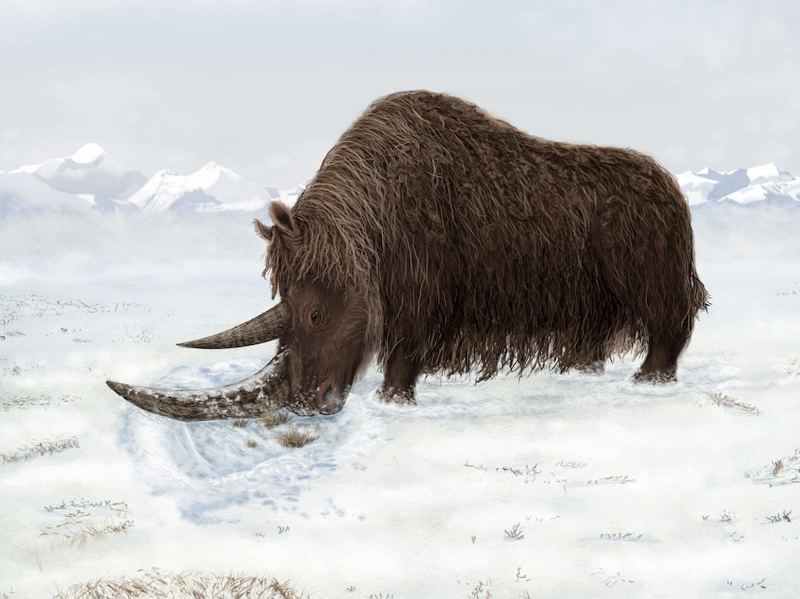
These are found across various cave systems in different regions and likely from different tribes. Interestingly, most of the paintings across various cave systems show a distinctive black band on the back of the animals. Rouffignac and Lascaux have found other paintings featuring these rhinos. Most paintings exist in Chauvet Cave in south-eastern France. This rhino co-existed with humans when they first arrived in Europe, and our ancestors left us images on cave walls depicting these magnificent beasts. It's thought these injuries were from territorial disputes or mating competitions for mates. Injuries found on rhino skulls resemble impact wounds from other rhinos. They probably were not herding animals like the modern white rhino. The only times you'd find them together is if they came to mate and/or having a mother care for its young. They were likely territorial and solitary animals. Further analysis on the teeth indicates that they'd shift their diet to consume more shrubbery and woody plants during winter when most of their main food source was under the snow. Like the modern White Rhino, the animal had a square lip ideal for gripping onto masses of grass and sedges on the steppe and processing it with its teeth. A sharp contrast with most extant rhino species, which are browsers. Similar to the White Rhino, the Woolly Rhino was primarily a grazer. Its horn was used to dig for vegetation under the snow and functioned as a display/combat device between rival males. The front horn of this rhino was about 3 feet long but could have reached sizes upwards of 4 feet. Īround the same size as the modern white rhino of Africa, if not slightly bigger, it was about 4-6.6 feet tall and weighed up to 3 tons. Arguably one of the most recognizable was Coelodonta antiquitatis, better known as the Woolly Rhinoceros.

Ice Age Eurasia was a hotspot for countless species of Megafaunal Mammals that roamed the Mammoth Steppe that stretched from Portugal to the Bering Strait.

The Woolly Rhinoceros ( Coelodonta antiquitatis)


 0 kommentar(er)
0 kommentar(er)
